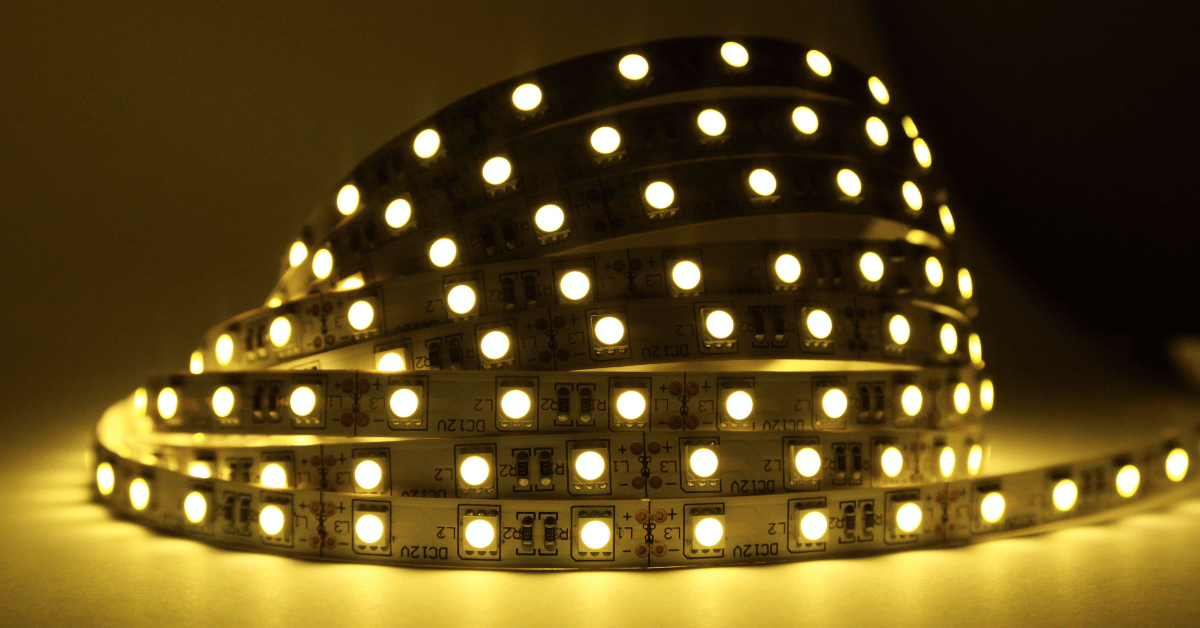When it comes to projectors, one of the most important factors to consider is brightness. The brightness of a projector is measured in lumens, and it can greatly affect the quality of the image projected. However, many people wonder whether 200 lumens are sufficient for their needs. While the answer may vary depending on your specific requirements, understanding the factors that affect projector brightness and the ideal lumens for your viewing conditions can help you determine whether 200 lumens are good for a projector. In this article, we’ll explore the importance of lumens in projectors and provide insights into whether 200 lumens are sufficient for your projector needs.
Table of Contents
Are 200 Lumens Good for a Projector?
When it comes to purchasing a projector, one of the most critical factors to consider is brightness. Brightness is measured in lumens, and it affects the quality and clarity of the image projected. 200 lumens is a relatively low level of brightness for a projector, and it may not be sufficient for all viewing conditions. However, whether or not 200 lumens are good for a projector will depend on several factors.
Room Lighting: One of the primary factors to consider when determining the ideal lumens for your projector is the amount of light in the room where you will be using the projector. If you plan to use the projector in a room with low ambient light, such as a dedicated home theater room, 200 lumens may be sufficient. However, if the room has bright ambient light or is not entirely darkened, a brighter projector with more lumens may be required to produce a clear and vibrant image.
Screen Size: The size of the projection screen is another important factor to consider when determining the ideal lumens for your projector. A smaller screen requires fewer lumens to produce a clear and bright image, while a larger screen requires more lumens. A projector with 200 lumens may be sufficient for a small screen of 50 inches or less, but a larger screen may require a projector with more lumens.
Content Type: The type of content you plan to display is another factor to consider when determining the ideal lumens for your projector. For example, video content typically requires more lumens than still images or text. If you plan to watch movies or play games on your projector, a higher lumen projector may be necessary to achieve a clear and vibrant image.
Contrast Ratio: The contrast ratio is another essential factor to consider when determining the ideal lumens for your projector. The contrast ratio is the difference between the brightest and darkest parts of an image. A higher contrast ratio produces a more vibrant and lifelike image. A projector with 200 lumens may have a lower contrast ratio than a brighter projector, which can affect the image quality.
How many lumens is OK for a projector?
The number of lumens required for a projector depends on the viewing environment, screen size, and type of content. Generally, a projector with 1000 to 1500 lumens is suitable for a small room with low ambient light, while a projector with 2500 to 3000 lumens is suitable for a larger room or brighter environment.
Here are some guidelines to help you determine how many lumens are OK for a projector:
- Screen Size: The size of the projection screen is an essential factor in determining how many lumens you need. The larger the screen, the more lumens required to produce a clear and bright image. As a general rule, a projector with 1000 to 1500 lumens is suitable for a screen size of up to 80 inches, while a screen size of 100 to 120 inches requires a projector with 2500 to 3000 lumens.
- Viewing Environment: The ambient light in the room where you plan to use the projector is another crucial factor in determining how many lumens you need. If the room is entirely darkened, a projector with lower lumens may be suitable. However, if the room has bright ambient light or is not entirely darkened, a brighter projector with more lumens is required to produce a clear and vibrant image.
- Type of Content: The type of content you plan to display also affects the number of lumens you need. Video content typically requires more lumens than still images or text. If you plan to watch movies or play games on your projector, a higher lumen projector may be necessary to achieve a clear and vibrant image.
- Contrast Ratio: The contrast ratio is another essential factor to consider when determining how many lumens you need. The contrast ratio is the difference between the brightest and darkest parts of an image. A higher contrast ratio produces a more vibrant and lifelike image. A projector with a higher lumen output may not necessarily have a higher contrast ratio, which can affect the image quality.
In summary, the number of lumens required for a projector depends on the viewing environment, screen size, type of content, and contrast ratio. As a general rule, a projector with 1000 to 1500 lumens is suitable for a small room with low ambient light, while a projector with 2500 to 3000 lumens is suitable for a larger room or brighter environment. However, it’s important to consider these factors and choose a projector that meets your specific needs to achieve the best image quality possible.
Conclusion
In conclusion, whether or not 200 lumens are good for a projector will depend on several factors, including room lighting, screen size, content type, and contrast ratio. While 200 lumens may be sufficient for some viewing conditions, a brighter projector with more lumens may be required for other viewing conditions. It’s essential to consider these factors and choose a projector that meets your specific needs to achieve the best image quality possible.

